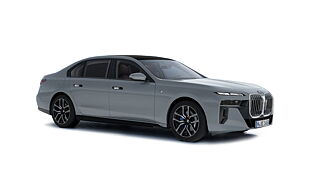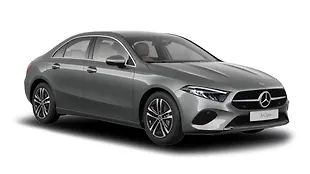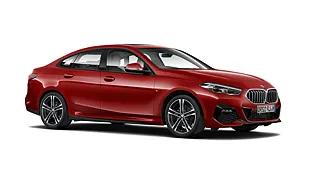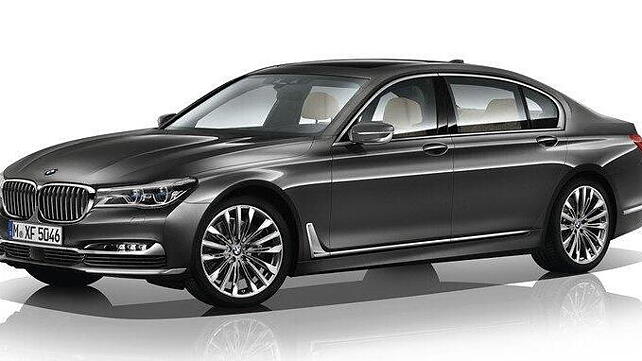
After countless teasers and unofficial leaks, BMW has finally pulled the wraps off the new 7 Series saloon. While the new 7 Series might not look radically different from the outgoing model, it gets a whole bunch of cutting-edge technologically updates to make it capable of fighting other premium saloons like the Mercedes-Benz S-Class, Jaguar XJ and the Audi A8.
Internally called G11/G12, the new 7 Series is built on a ‘Carbon Core’ structure, which blends carbon-fibre reinforced plastic, magnesium, aluminium and steel. Along with other weight saving measures, this revised chassis helped BMW shave off 130 kilograms. BMW will continue to offer the 7 Series in two body avatars – standard wheelbase (G11) and long wheelbase (G12), which measures 140mm more in length. The xDrive four-wheel-drive system is offered as an optional extra in select variants though four-wheel-steering will be a standard fitment.
The exhaustive feature list of the new 7 Series now includes a new park assist system with 3D imagery, traffic jam assistant, remote parking, BMW Laserlight with Selective Beam. One of the biggest highlights of the new 7 Series, however, is a ‘3D sensor’ which identifies the driver’s hand gestures to allow access to different functionalities of the car.
Under the bonnet, the 7 Series will get the option of either a 3.0-litre inline turbocharged six petrol or a 4.4-litre twin-turbocharged V8 petrol or a 3.0-litre inline six diesel mill. The company also revealed three new plug-in hybrid variants for the 7 Series, which are the first of their kind in the saloon’s history. These variants are available with a 2.0-litre petrol engine, which works together with a 95 horsepower electric motor.
BMW announced that the production of the new 7 Series has already started at its plant in Dingolfing, Germany. With deliveries in the US and Europe expected to commence in the next couple of months, we can expect the new 7 Series to be launched here by the end of this year or early 2017.

![BMW 7 Series [2013-2016] Image BMW 7 Series [2013-2016] Image](https://imgd.aeplcdn.com/272x153/cw/cars/bmw/7-series.jpg?q=80)







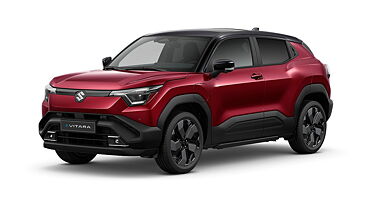


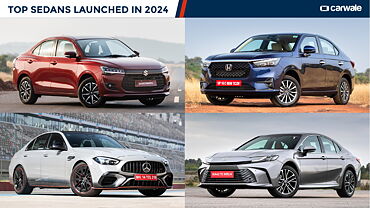
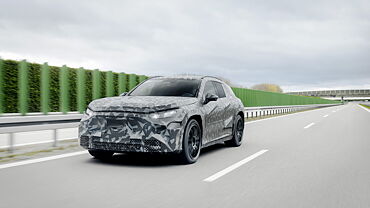

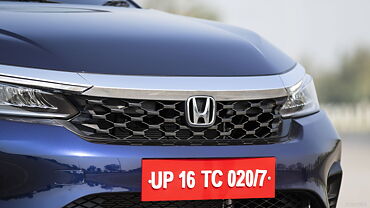

![BMW 7 Series [2013-2016] Right Front Three Quarter BMW 7 Series [2013-2016] Right Front Three Quarter](https://imgd.aeplcdn.com/199x112/ec/F9/d3/10402/img/m/BMW-7-Series-Right-Front-Three-Quarter-50064_ol.jpg?v=201711021421&q=80)
![BMW 7 Series [2013-2016] Rear View BMW 7 Series [2013-2016] Rear View](https://imgd.aeplcdn.com/199x112/ec/F9/D3/10402/img/l/BMW-7-Series-Rear-view-16715.jpg?v=201711021421&q=80)
![BMW 7 Series [2013-2016] Left Rear Three Quarter BMW 7 Series [2013-2016] Left Rear Three Quarter](https://imgd.aeplcdn.com/199x112/ec/9772/img/l/BMW-7-Series-Rear-three-fourth-15086.jpg?v=201711021421&q=80)
![BMW 7 Series [2013-2016] Steering Wheel BMW 7 Series [2013-2016] Steering Wheel](https://imgd.aeplcdn.com/199x112/ec/F9/D3/10402/img/l/BMW-7-Series-Steering-Wheel-16727.jpg?v=201711021421&q=80)
![BMW 7 Series [2013-2016] Interior BMW 7 Series [2013-2016] Interior](https://imgd.aeplcdn.com/468x263/ec/F9/D3/10402/img/l/BMW-7-Series-Interior-16717.jpg?v=201711021421&q=80)







